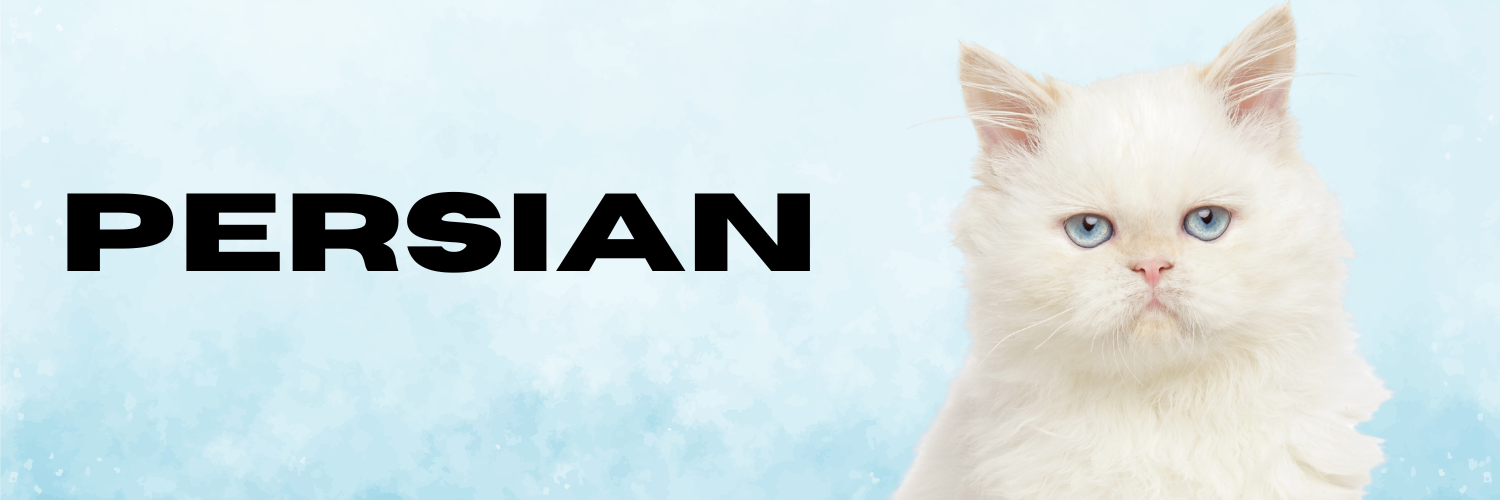
The Persian Cat: A Royal Feline with Timeless Charm
Known for their long, luxurious coats and regal demeanor, Persian cats are one of the most beloved and recognizable cat breeds in the world. With their expressive eyes, sweet personality, and distinctive flat faces, they have charmed cat lovers for centuries. This article explores the history, personality, care needs, and interesting facts about Persian cats, shedding light on why they remain a favorite among feline enthusiasts.
History and Origin of Persian Cats
The Persian cat’s history traces back to the 1600s in Persia (modern-day Iran), where they were prized for their unique appearance and gentle temperament. These cats were imported into Europe by travelers, quickly gaining popularity among aristocrats and nobility. By the 19th century, they were being selectively bred in Britain, and their popularity spread rapidly throughout Europe and eventually to the United States.
Today, Persian cats are considered a symbol of elegance and luxury, with a breeding history that has refined their appearance into the iconic flat-faced (brachycephalic) look many associate with the breed.
Physical Appearance
One of the most distinctive features of the Persian cat is its round face with a short nose, full cheeks, and large, expressive eyes that can come in a variety of colors including copper, blue, and green. Their body is medium to large, with a stocky build and short legs.
Their plush, long fur coat comes in a wide range of colors and patterns, including solid, tabby, bicolor, and Himalayan. This thick coat requires regular grooming to prevent matting and maintain its beauty.
Personality and Temperament
Persian cats are known for their calm, quiet, and affectionate nature. They enjoy lounging in sunny spots and prefer a serene, stable environment. These cats are not particularly active or playful compared to other breeds but form deep bonds with their families.
While they are not overly demanding, Persian cats do enjoy attention and cuddles. Their gentle disposition makes them excellent companions for seniors or anyone looking for a peaceful pet.
Grooming and Care
The luxurious coat of a Persian cat requires daily brushing to prevent tangles and hairballs. Regular grooming sessions also provide a good opportunity for bonding with your pet.
Because of their flat faces, Persian cats are prone to breathing issues, eye discharge, and dental problems. Their eyes need to be cleaned daily to prevent staining and infection. It’s also important to provide them with a clean, quiet space and maintain a healthy diet to support their overall well-being.
Regular vet check-ups are essential, as Persians are also susceptible to genetic conditions such as polycystic kidney disease (PKD) and hypertrophic cardiomyopathy (HCM).
Living Environment
Persians thrive best as indoor cats. Their long coats make them less suited for outdoor life, and their laid-back personalities prefer the calm of indoor living. They do well in apartments and homes alike, as long as they have a cozy spot to nap and plenty of affection from their owners.
Fun Facts About Persian Cats
Celebrity Status: Persian cats have appeared in films, advertisements, and have even had royal fans, including Queen Victoria.
Himalayan Variety: A cross between a Persian and a Siamese cat created the Himalayan, a Persian with point coloration.
Top Cat: The Persian cat consistently ranks among the top cat breeds registered with cat fancier associations around the world.
